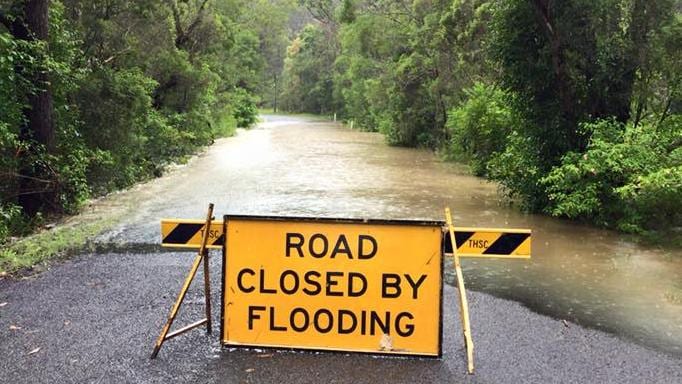I’m about a week into ‘online’ classes officially. Working online isn’t new to me and much like riding a bike, it’s mind shift more than anything. I recent years, I’ve gone about my classrooms in my own way. I endure PD about the bleeding obvious and can’t remember the last time anyone checked what I can do already or what I might like to do.
It’s little wonder schools maintain limited skills sets,bounded by eduware policy. When a pandemic explodes in front of us, schools are no more ‘ready’ for online that the high-street was for the Internet itself. The result is a dogs-breakfast of well intentioned delivery though mega-brand agendas.
Example: Google Classrooms is not an Learning Management System. It is a storage service with apps loosely built upon Microsoft Office. It has poor workflows, it requires work arounds, it delivers zero learning analytics and a ‘stream’ scroll of death that even Backboard and Moodle can snigger at.
But this is now ‘the platform’ for kids aged K12.
The rationale is: at least we have this, what else do you want us to use?
My point is simple: it’s not an LMS and it’s not a classroom – so be critically aware of the TIME it takes for everyone to work-around its short comings. Work around solutions should not be the ‘norm’ in ‘quality education’.
I am not saying don’t use it. I suggest you use it within the time and functionality limits you and it have, especially around learning analytics. A central argument about physical vs virtual classrooms has been a lack of human experience and connection. It’s very hard to know you student if they are just an icon set to away.
If you have used Canvas, you’ll get what I mean. Canvas pivots because it was designed to. It also incorporates Google Suite along side many other third-party apps. In a time of isolation, learning analytics – even ‘who logged on today’ is essential, base line data.
Google Suite was designed to be a Microsoft Office rival. Classrooms is just a wrapper and allowed Google to compete in the educational space with a plus one offering. That is neither good or bad, it’s just not an LMS.
Canvas is the choice of many rich private schools and further highlights the gap. Canvas is simple better at online delivery, feedback analytics and integration. It gives private schools a significant advantage – and I’d argue private school staff have better laptops and sideline hardware.
No matter what you use online, it takes TWICE as long to prepare materials for online – so be aware of your contact hours.
This is a trap for the unwary. It’s easy to put in 12 hour days if you haven’t had time and help understanding how digital works. Replication is a time consuming chore – and has little to do with a ‘revolution’.
Distance learning is not neatly arranged into 50 minute slots. As this crumbled, so did all the other organisational apparatus used to mange location-based education. In fact, the whole purpose of having location-based places for children to go is in free-fall. This doesn’t mean everyone accepts this – so we’re seeing schools trying to replicate school.
For example, this week, I heard about a class where the kids signed a Google Form at the start of time-tabled lesson time. They then worked for 50 mins, handed it in and issued homework for the next day. I assume at 3pm they also changed out of their school uniform. Not that the teacher used a VC.
This is terrible, but unlikely to be a unique experience. The vast majority of teachers do not engage with eduChitter etc., so the true picture of what is happening is about as transparent as the governments willingness to issue ‘virus modelling’ to explain themselves at the daily presser.
There is no way to tell what time students are being asked to spend ‘online’ but I suspect it’s more than the two hours recommended by the countries health experts.
Should an eager beaver decide to head online and then find that what they planned is torpedoed (policy or simple in-school power posturing), it will take 4 times longer to get back to square one. Now is not the time to rush in, just because ‘chitter-heads’ are talking about ‘a window of opportunity’ or ‘now is the time to reform’. Don’t be an idiot. The system is a) very resilient to change b) also uses events like this to double down and c) is over capacity.
Today, Morrison announced Free Childcare. What if he’d given every teacher $3k to buy the resources needed to work at home – doing a great job. The questions about working from home do not address quality: I can’t afford a fancy ergonomic chair, my house is small and I’m camping in a bedroom. I’m using extension chords and can’t have the window open as a truck driving past would drown out any VC. My provided laptop in unable to run the applications I need and with 5 people in the house, our rural internet is flat out.
So we might all have gone online: but plenty will be in a cycle of crash and restart for social, technological and economic factors. For the life of me I can’t work out why the Minister of Edumaction hasn’t already given teachers direct funding to support a necessary, but ambitious reaction to this terrible virus.






